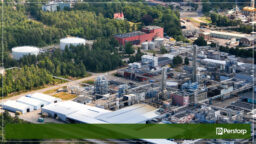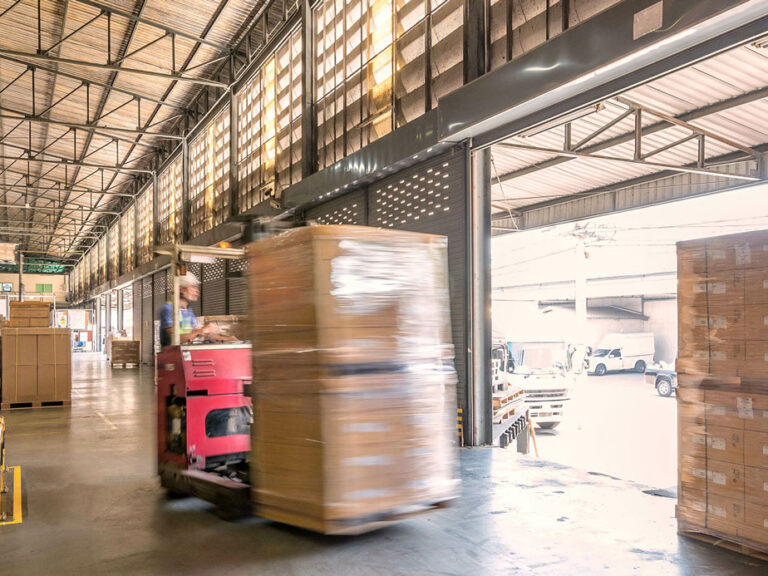Artificial Intelligence (AI) and the field of machine learning (ML) have been areas of research since the middle of the 20th Century, but it’s only in more recent years that businesses have started to take advantage of this powerful technology. The machines have finally caught up, and computers now possess the necessary processing power to handle the vast amounts of data that are involved.
A growing number of supply chain planning software companies are investing in AI and machine learning technology. Optimity is one of these companies, where ML is already being incorporated into its forecasting tool.
“The pace of innovation is very fast at the moment. AI technologies that were considered advanced and inaccessible a few years ago, are now becoming more of a commodity,” says Pontus Stefansson, Product Manager at Optimity and responsible for the company’s forecasting products and machine learning strategy.
Optimized decisions
Pontus is a seasoned AI / ML expert from his years as Product Manager at ERP vendor Orango. He explains why the incorporation of machine learning into Optimity’s products is an obvious move.
“Everything Optimity does is based on advanced mathematical modeling. On the one hand, machine learning is something new, but it’s also a natural progression of what we’re already doing with our forecasting tool. With machine learning our customers can incorporate additional data sources to drive improved forecast accuracy. We’re also working on new functionality to simplify and strengthen the areas of promotions management, new product introductions and safety stock optimization,” says Pontus.
Machine learning is fundamentally about developing algorithms that perform certain tasks or that solve specific problems. The aim is to detect underlying patterns in large amounts of data. Once exposed, these patterns can be analyzed and used as a basis for automated decision-making or for management decision support.
For supply chain planning, machine learning algorithms enable computers to provide recommendations and answer business questions such as, “recommend what items I should order today, and in what quantities?” In logistics, machine learning algorithms can look at weights, dimensions, recipients, delivery times and traffic information in order to generate delivery time proposals and provide support route planning.
More accurate forecasts
Using machine learning to improve forecasting and business decision-making can have a major impact on costs, working capital requirements and customer service. However, the greatest benefit is likely to come from having a more agile supply chain that allows companies to respond to change more quickly. For example, by introducing data relating to campaigns, weather, news, holidays, and other seasonal factors into the forecasting process, AI and ML can help predict potential fluctuations in demand.
With machine learning, data from events like Covid-19 and sales promotions can be used to better predict future sales, and therefore the replenishment needs for each storage location and sales outlet.
“Businesses are becoming increasingly campaign-driven. Unfortunately, most companies use forecasting models that don’t work particularly well in this environment. With machine learning, data from events like Covid-19 and sales promotions can be used to predict future sales better, and therefore the replenishment needs for each storage location and sales outlet. The days when planners expected two or three years of historical sales data before making a forecast are long gone. Today, a forecast must be prepared before we’ve even started selling the product. This requires a continuous planning cycle that takes a range of different data sources and external factors into account,” Pontus explains.
Modern software architecture, modularity, and flexibility
“AI and machine learning are no longer topics for science fiction. It’s actually quite easy to get started, either by using an off-the-shelf product or with help from all the open-source material that’s available to download. Because Optimity is built with modern software architecture with a focus on modularity and flexibility, we can easily develop new machine learning functionality and quickly integrate it with the rest of our solution, for example, via APIs. This also allows us to build systems with the tools and programming languages that are best in each individual case,” Pontus Stefansson explains and adds that the first wave of machine learning functionality has already been introduced in Optimity’s Demand Forecaster, with more to come in 2021.
“We will have machine learning in all our software this coming year. Our customers will benefit from a solution that will help them make even better decisions, while boring and repetitive tasks can be automated.”
This article by Stefan Karlöf is published in the December 2020 issue of Supply Chain Effect Magazine.
Get all the latest industry trends, updates & news from Optimity















